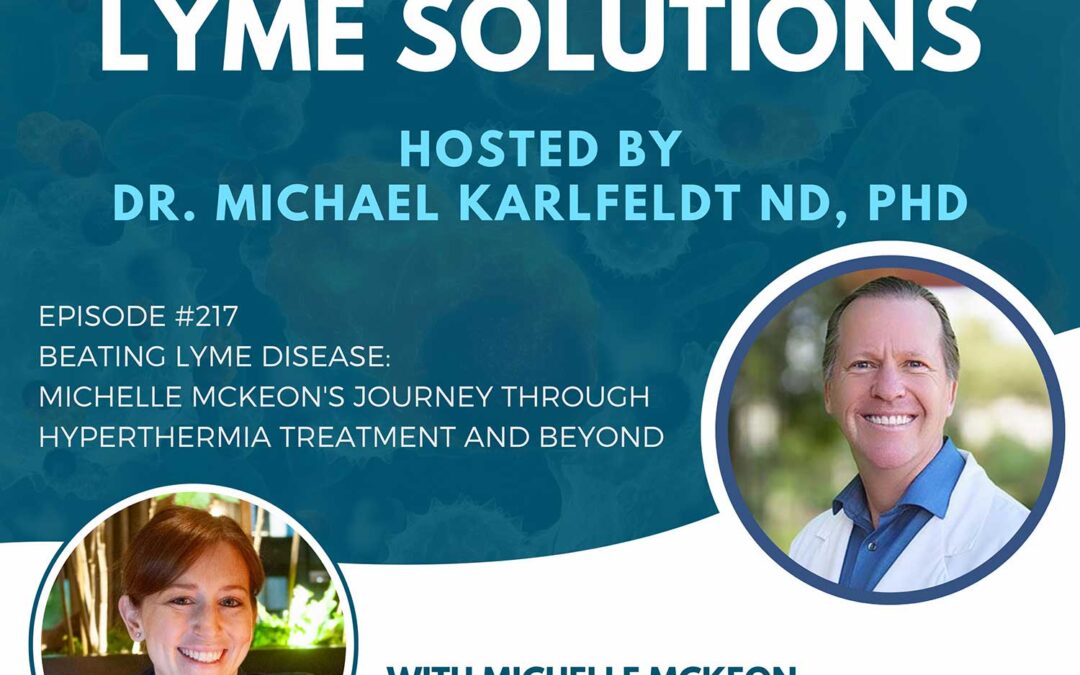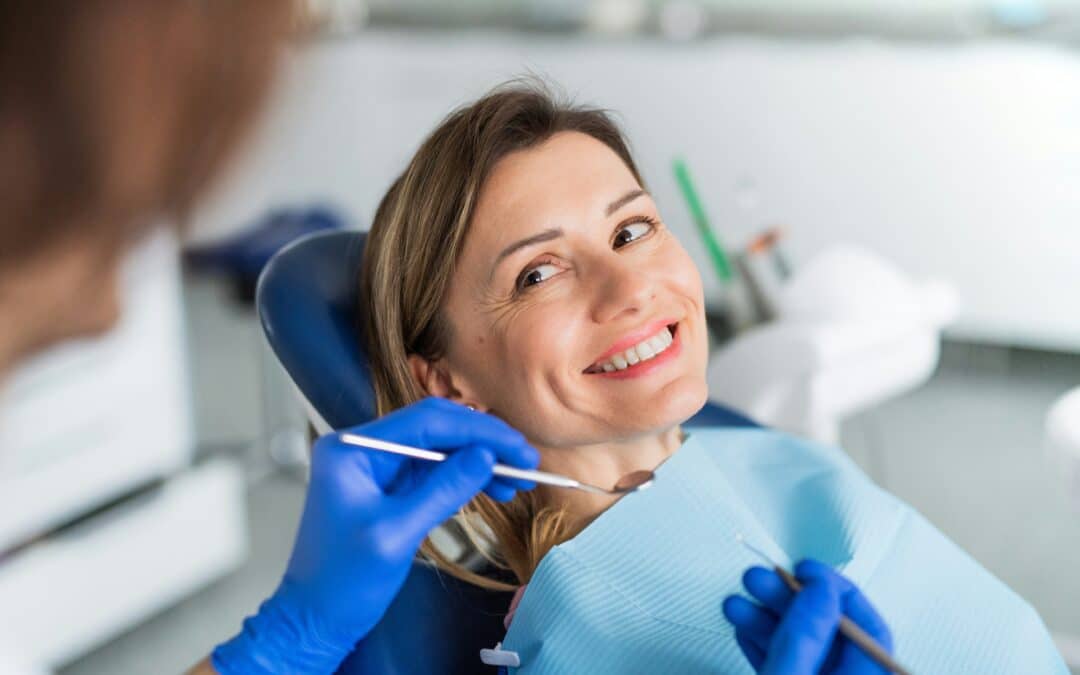November 5, 2019 | Lyme Stories, Symptoms, Treatment
By Bay Area Lyme
Guest Post from Michelle McKeon, MS, President, Lyme and Cancer Services
Bay Area Lyme is happy to share the editorial contributions of care providers, patients, caregivers, and others in the community who are eager to share their knowledge for the benefit of others suffering from Lyme and related tick-borne illnesses. There is still so much we don’t know and so much we are just learning. It is critical that we keep an active dialogue and share and collaborate to continue to move our understanding forward. What follows is an article written by a guest contributor and practicing care provider who shares that view and her personal and professional experience in hopes that it can help others with their healing journeys.
Twilight zone: an area just beyond ordinary legal and ethical limits
Living with tick-borne infections is like crossing over into the twilight-zone. Welcome to the dark side! There is suspense. ‘Is a significant amount of the medical community really not going to recognize Lyme as a chronic disease?!’ There is horror. ‘What? The insurance company just denied my treatment because they don’t deem it to be medically necessary?!’ And, of course, there is a psychological thriller. ‘Is this actually my life?!’
When you are at this point of your journey with late-stage Lyme, it seems as though there is no coming back. Where does one go when they are here? Eight years ago, I asked myself this very question. At this time, hyperthermia treatment was presented as my best option. While already feeling like I was living in an alternate universe, the idea of heating up my body to above 105° F was not exactly the escape plan that I had dreamed of. This led me to my next question…
How successful is hyperthermia in treating chronic Lyme disease?
The short answer is that at “39° C (or 102.2° F), Swedish researchers found that the spirochetes became immobile, and at 40° C (or 104° F) they shed their outer membrane, but when they were exposed to a temperature of 41.6° C (or 106.9° F) for two hours, 100 percent of the bacteria died.”1 That said, hyperthermia is effective at killing many strains of borrelia (the bacteria that causes Lyme).
However, given the various complexities of advanced Lyme disease, it is difficult to attribute success to only one piece of the recovery puzzle. Treating Lyme is more than just killing the bacteria that is infecting you. Antibiotics alone, hyperthermia alone, and detox alone may not always produce the results you seek. Although, when these treatment options are used in harmony, they have proven to successfully treat many of those suffering from some of the most advanced Lyme cases, allowing people to regain control of their lives.
For the past seven years, I have been working with clinics that offer hyperthermia for people with tick-borne infections and cancer. After receiving hyperthermia (myself for a devastating case of Lyme disease and various co-infections), I began helping hundreds of people around the world who were interested in receiving hyperthermia. Now as the Director of Patient Services at Lyme and Cancer Services, I am in a unique position to track patients’ progress upon their return. I have been compiling information through test results and from the Burranscano’s Symptom Checklist before patients receive treatment and six months after they return from treatment. The challenge is that there are many factors that play a role in the success of the patient after hyperthermia treatment.
You are doing a disservice to yourself if you are suffering from chronic tick-borne infections and go into hyperthermia, let alone any protocol, with the notion that there is a silver bullet treatment out there. While there are people that come out of treatment feeling significantly better, the majority of people that I work with are severely ill and have been that way for years. The idea of receiving two to three weeks of treatment and coming back a completely new person is not realistic for everyone. Anyone who promises this to you probably doesn’t understand the complete nightmare Lyme warriors experience as their daily reality. For promises like that, you should just run! Don’t pass go, don’t collect your $200. Actually, go back and collect that $200 because you are going to need it to help pay for Lyme treatment.
I cannot stress enough the complexity of tick-borne illnesses. Tick-borne infections are incredibly stealthy pathogens. Dr. Richard Horowitz emphasizes this by describing people with chronic Lyme disease as suffering from Multiple Systemic Infectious Disease Syndrome (MSIDS). MSIDS is a multifactorial model for treating chronic disease(s), which recognizes overlapping sources of inflammation that contribute to the patient’s symptoms.2 The people that I work with that are suffering from chronic tick-borne infections often have increased sources of inflammation due to other infections (Bartonella, Babesia, EBV), immune dysfunction, environmental toxins (mold and heavy metals specifically), gastrointestinal dysfunction (leaky gut which contributes to food allergies/sensitivities), candida, mitochondrial dysfunction, methylation and detoxification problems, and/or nutritional/mineral deficiencies. This complexity is crucial to recognize because symptoms presented in patients with chronic tick-borne infections are not just from pathogens. There is not enough acknowledgment of all the factors that contribute to symptoms in patients suffering from chronic conditions linked to tick-borne infections. Both physicians and patients need to understand this to get to the root cause of these symptoms and be able to effectively treat the patient.
How inflammatory factors play a role in recovery
Before receiving hyperthermia treatment, many patients, myself included, were dealing with an extensive pathogenic load and did not see notable symptom relief through detoxification treatments, antimicrobials therapies, or treatments that targeted mold mycotoxins or heavy metals. However, after hyperthermia, when the body is dealing with a substantially less microbial burden, we are seeing that the vast majority of our client’s experience symptom relief when revisiting therapies that concentrate on resolving additional factors contributing to their inflammation.
Hyperthermia’s key role in overcoming Lyme disease
During extreme whole-body hyperthermia, the temperature rise is achieved slowly over the entire system, including the brain. The goal is to raise the temperature (of the body) to 41.6° – 41.8° C (106.9° – 107.2 °F) while also taking the antibiotics Ceftriaxon, β-Lactam, and Metronidazol.3 This treatment takes place under sedation, and the patients are monitored as in Intensive Care.4 Research suggests that hyperthermia kills Lyme microbes, increases the effectiveness of antibiotics, and enables antibiotics to get inside the cells much more easily by decreasing the microbes’ resistance to antibiotics.1 “Treatment results of 809 patients from the past 3 years showed a very good – good clinical outcome in approximately three-quarters of the patients, measured by a reduction of Burroscano-Score of at least 50%.”3 Also, lowering the pathogenic load places your body in a better position to respond to other recovery factors that may contribute to the symptoms you have when you return home.
If you do not see immediate results after hyperthermia treatment, please be patient with your body
During hyperthermia treatment, when pathogens die, they expel toxins. Toxins produce inflammation, and if not removed, can also contribute to symptoms and create cell membrane damage. The clinics that we work with offer a two to three-week detox protocol. However, for someone dealing with MSIDS, two to three weeks of detoxing may not cut it. Often, if patients dealing with MSIDS do not feel substantially better after two to three weeks, they start doubting the effectiveness of hyperthermia. I was right there with them when I got back from treatment. Initially coming home, I only saw little improvements. To only see minor improvements after this, was honestly my biggest fear.
Right before leaving for treatment, I remember sitting on my kitchen floor, having a conversation with my best friend about [a feeling that] if hyperthermia did not work for me, I could not live like this any longer. I am a fighter, but I am also a realist, and the reality was that I wasn’t myself anymore, and I didn’t have any quality of life. For those that are reading this and do not know my story, at that point I was completed debilitated by this disease. I did not have function over my neck, I had vertigo and balance issues 24/7, I was dealing with derealization and depersonalization, head pressure, ear pain, light, heat, and noise sensitivity, I looked like a skeleton, I could not process information, and I could not recognize my friends, family, or myself.
I am writing this for the people that are in that position right now. I see you; I am in this with you. For me and many of my clients, hyperthermia was successful in killing a vast number of pathogens and allowing the body to move forward and respond to treatments that were also contributing to our symptoms.
The crucial component post-treatment plays in sustainable recovery
I am presenting you with this information in hopes that it can help you navigate your own healing journey. From my personal recovery and the clients that I have worked with, I am consistently seeing that the people who are focusing on extensive detoxification treatments when they get back are the ones seeing the most sustainable improvements. Not only does this include getting these toxins from the dead pathogens out, but you also need to look into possible issues with methylation pathways, mold mycotoxins, and heavy metal issues. LISTEN TO YOUR BODY. Detoxification can take months. Be persistent and be patient. Your body has been in chronic crisis, and it is important to take the time to do things in the appropriate stages.
After hyperthermia, upon returning home, many times patients continue to try to immediately kill the pathogens that remain. Let’s seriously think about this. Your body just went through a major ordeal with two extreme whole-body hyperthermia treatments and is now dealing with a die-off reaction from all these pathogens being killed. If you are a doctor or a patient reading this, please consider thoroughly detoxing the body before continuing aggressive antimicrobial/parasitic treatment.
We are still at the tipping point of really trying to understand tick-borne infections. I certainly do not have all the answers, none of us do. Being in the Lyme/medical community, I often find myself discouraged with how quick people are to jump to conclusions. As a Functional Nutritionist, I collaborate with many doctors that incorporate conventional and integrative medicine into Lyme patients’ protocol after receiving hyperthermia treatment. However, there needs to be more discussion on the stages of implementing these approaches. My hope in writing this article is to provide Lyme warriors clear expectations on hyperthermia treatment and many of the factors contributing to inflammation, and to encourage researchers and physicians working with people suffering from tick-borne illnesses to seriously look into hyperthermia’s role in a sustainable recovery.
About Michelle McKeon, MS
Michelle McKeon is a Functional Nutritionist who specializes in detoxification, tick-borne diseases, and inflammatory issues. She has been guiding both local and long-distance clients through addressing various factors that are causing their symptoms. Michelle looks for these answers through exploring mold mycotoxins, genetic/methylation issues, heavy metals, tick-borne infections, cell membrane damage, parasites and viral infections, dental issues, diet, and gut flora. Michelle was introduced to functional medicine after her personal struggle with a debilitating battle of Lyme disease. She sought out hyperthermia treatment and detoxification therapies at a clinic in Germany. This treatment saved her life, and for the first time she was able to see a light at the end of the tunnel. Once returning home from the clinic, she immersed herself in daily detoxification and cell membrane repair therapies, vitamins and supplements, herbal tinctures, and she followed a strict diet to aid her body in the recovery process. From this experience, she decided to go back to school to receive a Master’s Degree in Human Nutrition at the University of Bridgeport. Since recovering, Michelle is the owner and operator of Balancing Pathways and another company called Lyme and Cancer Services. She has authored two Ebooks, and advocates for people with health conditions, through collaborating on projects with Generation Lyme, writing articles for health magazines, and speaking at conferences and support groups.
References
- Douwes, F., & Strasheim C. (2017, Feb 7). How I Discovered Hyperthermia for Lyme Disease and Why it Works. Retrieved from https://www.prohealth.com/library/how-i-discovered-hyperthermia-for-lyme-disease-and-why-it-works-41295
- Horowitz, R & Freeman, Phyllis. (2018, Nov 5). Precision Medicine: The Role of the MSIDS Model in Defining, Diagnosing, and Treating Chronic Lyme Disease/Post Treatment Lyme Disease Syndrome and Other Chronic Illness: Part 2. Retrieved from https://www.ncbi.nlm.nih.gov/pmc/articles/PMC6316761/
- Om and Nutrition. (2018). Complex Therapy of Chronic Lyme Disease A new therapeutic approach: the antibiotics augmented Thermal eradication (AAT). Retrieved from https://www.heckel-hyperthermia.com/index.php/01home-en-2/14-news/105-news-19
- St. Georg Hospital. (2017). Lyme Treatment Protocol. Retrieved from https://www.st-george-hospital.com/lyme-treatment-protocol/
Tags: alternative treatment, antibiotic treatment, Borrelia burgdorferi, chronic Lyme, hyperthermia, late-stage illness, Lyme disease, lyme disease treatment, Lyme stories, Lyme warrior, post treatment lyme disease, tick-borne disease, tick-borne illness



